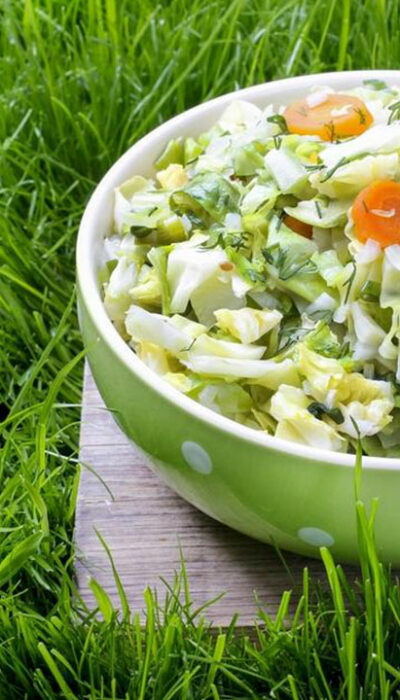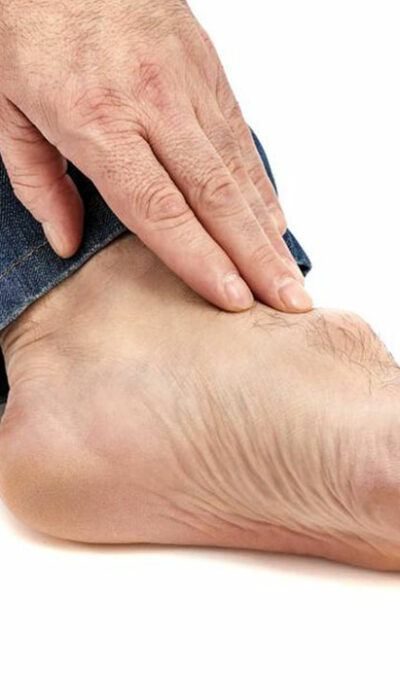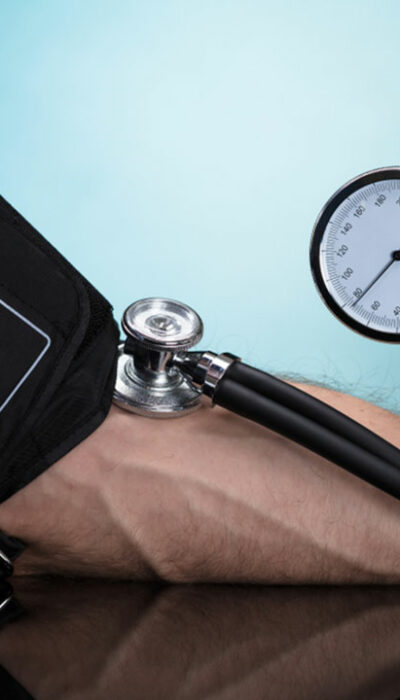
Natural Options for Aphrodisiacs
Viagra is the trade name of sildenafil which is a drug used to treat erectile dysfunction. Sildenafil assists in helping and maintaining penile erection. While Viagra has helped many men, it also comes with many side effects. These include headaches, flushing, indigestion, and congestion of the nasal pathway. What is erectile dysfunction? Erectile dysfunction is a condition when a man finds it difficult to get or maintain an erection hard enough for sexual intercourse. Most men will experience a bout of erection problems on occasion for multiple reasons. However, if you suffer from erection problems frequently, there may be an underlying cause for it. Alternatives to Viagra Many men have used Viagra to solve any issues they may be having with erections. However, there is a growing breed of men who are uncomfortable with the side effects of Viagra and are trying alternate, natural methods. Here are a few options that are considered to be natural Viagra that you must try. Supplements There exist many supplements that are well known for their ability to help boost libido. Here are a few supplements that you must consider if you are suffering from any erection problems. Remember to consult with your physician before taking any of them. Ginkgo Biloba is a herb that is traditionally used to boost memory. However, men who are suffering from erection problems due to antidepressants find that this herb helps with any erection issues. This herb works like natural Viagra. Arginine is an amino acid that increases blood flow. It is most beneficial to men who have any problems with blood circulation. DHEA helps our bodies make testosterone and estrogen. Yohimbe should be taken under advisement of your doctor. When not taken in its purest form, this herb can cause anxiety and high blood pressure. Food alternatives Many great natural foods can be used as natural Viagra.










